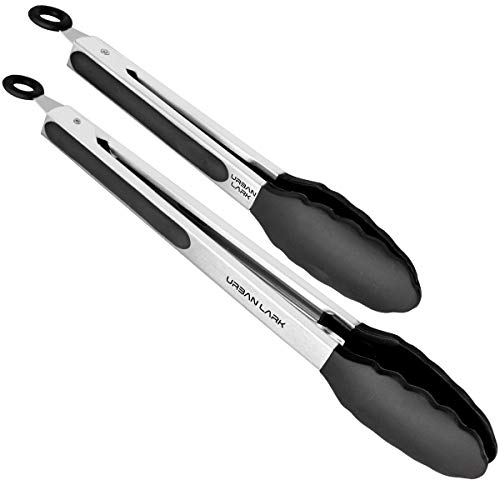The Safety Concerns of Silicone Tongs on Non-Stick Pans
Silicone tongs have become a popular choice in the kitchen due to their versatility and ease of use. However, when it comes to using them with non-stick pans, there are some concerns about their safety. Non-stick pans are known for their delicate coating, which can be easily scratched or damaged. In this article, we will explore the potential risks of using silicone tongs on non-stick pans and discuss alternative options to ensure the longevity of your cookware.
The Risk of Scratching Non-Stick Surfaces
One of the biggest concerns of using silicone tongs on non-stick pans is the risk of scratching the delicate coating. The surface of non-stick pans is designed to be smooth and slick, allowing food to slide off easily. However, if you use utensils that are hard or abrasive, such as metal tongs, you can easily scratch and damage the non-stick coating. While silicone tongs are generally softer and less likely to cause damage, it is still possible for them to scratch the surface if used improperly or with excessive force.
The Effect of Scratches on Non-Stick Performance
Scratches on the non-stick surface can significantly impact the performance of your pans. Once the coating is damaged, it becomes more prone to sticking, making it harder to cook and clean. Not only can this affect the quality of your food, but it can also make the cleaning process more challenging. Additionally, the exposed metal underneath the non-stick coating can heat up faster than the surrounding surface, which can lead to uneven cooking. To maintain the non-stick properties of your pans, it is essential to take precautions when using utensils like silicone tongs.
Alternative Utensils for Non-Stick Cookware
If you prefer using non-stick pans but want to avoid the potential risks associated with silicone tongs, there are alternative utensils you can use. One popular option is nylon or plastic tongs. These tongs are generally softer than silicone or metal, making them less likely to scratch the non-stick coating. Additionally, silicone spatulas or wooden utensils can also be an excellent choice for flipping and stirring your food in non-stick pans. These utensils offer a gentler touch while still providing the functionality you need in the kitchen.
Tips for Safely Using Silicone Tongs on Non-Stick Pans
If you still prefer using silicone tongs on your non-stick pans, there are steps you can take to minimize the risk of damage. First and foremost, choose silicone tongs with a smooth surface and rounded edges. This will help prevent any sharp corners or rough spots from coming into contact with the non-stick coating. Additionally, avoid using excessive force or pushing the tongs against the surface of the pan. Instead, use a gentle touch and let the non-stick properties of your pan do the work. It is also essential to clean your silicone tongs thoroughly after each use to remove any food particles or residues that could transfer to your non-stick pan.





